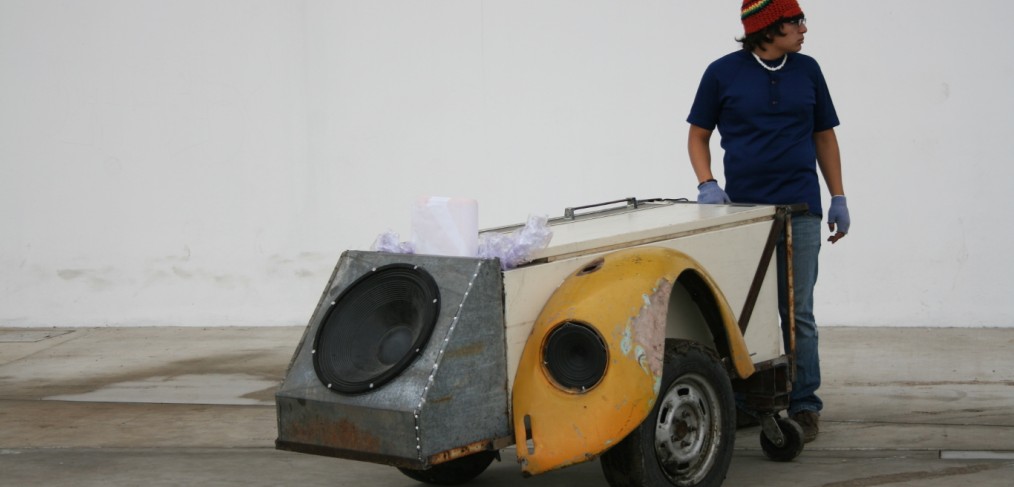More images
During the 20th century the urban model has been characterized by a progressive, when not massive, presence of cars in our cities. This generated extensive cities which final objective is to provide the maximum mobility for vehicles, leaving the pedestrians to a second place, even in the city centre. Lima is not an exception. An urban approach based on an indiscriminate and informal growth, with a lack public transport facilities. Public transport is therefore replaced by a massive informal transport (more than 500 lines), where pedestrians are a secondary element and public spaces became abandoned landscapes doomed to degradation.
The project Urban Solid Waste (USW) Lima focus on the recuperation of one of the most original and unusual places of the city, the electric elevated train, in its way through the Surquillo district.
This structure is probably one of the most surprising urban wastes you could find in the city; not only because of its shape and dimensions (9 meters wide concrete platform and several kilometres long) but because of its iconographic nature and symbolic characteristics in limeñan culture.
There has always been a big controversy around this infrastructure. The construction started in the eighties, during the first term of office of Alan García, as a solution for Lima’s public transport problems. Nonetheless “el Metropolitano” has only been a promise and has never been finished.
Beside the urgent need to think carefully about the public transport in Lima, this infrastructure demands an alternative use. For Basurma it is a potential public space, an elevated public park, a place to walk beyond the surface.
Reusing the abandoned electric railroad track Basurama invited the community members an local artist to participate in the creation of a new place, a public space for them. Almost all the amusement park was built up of recycled material such as tires and other car parts.







